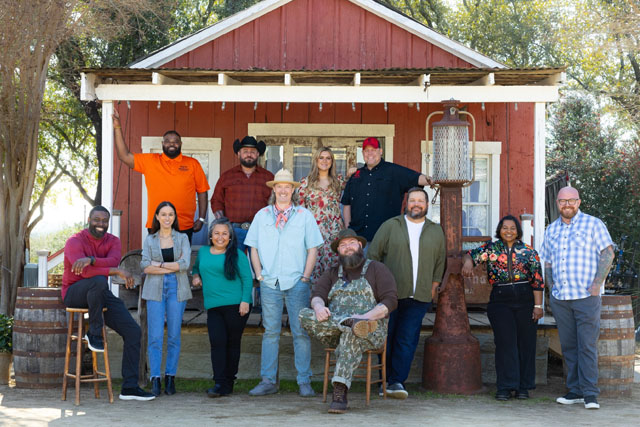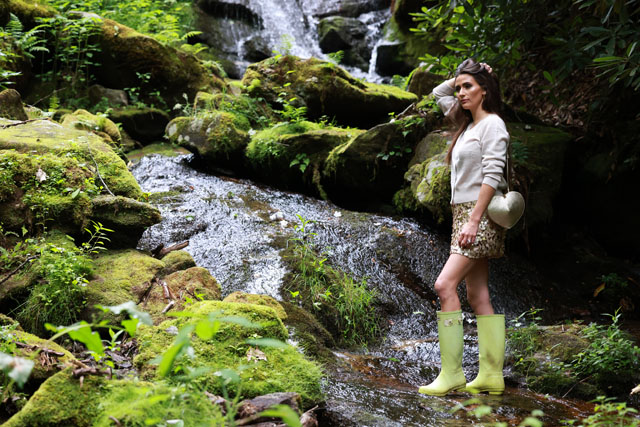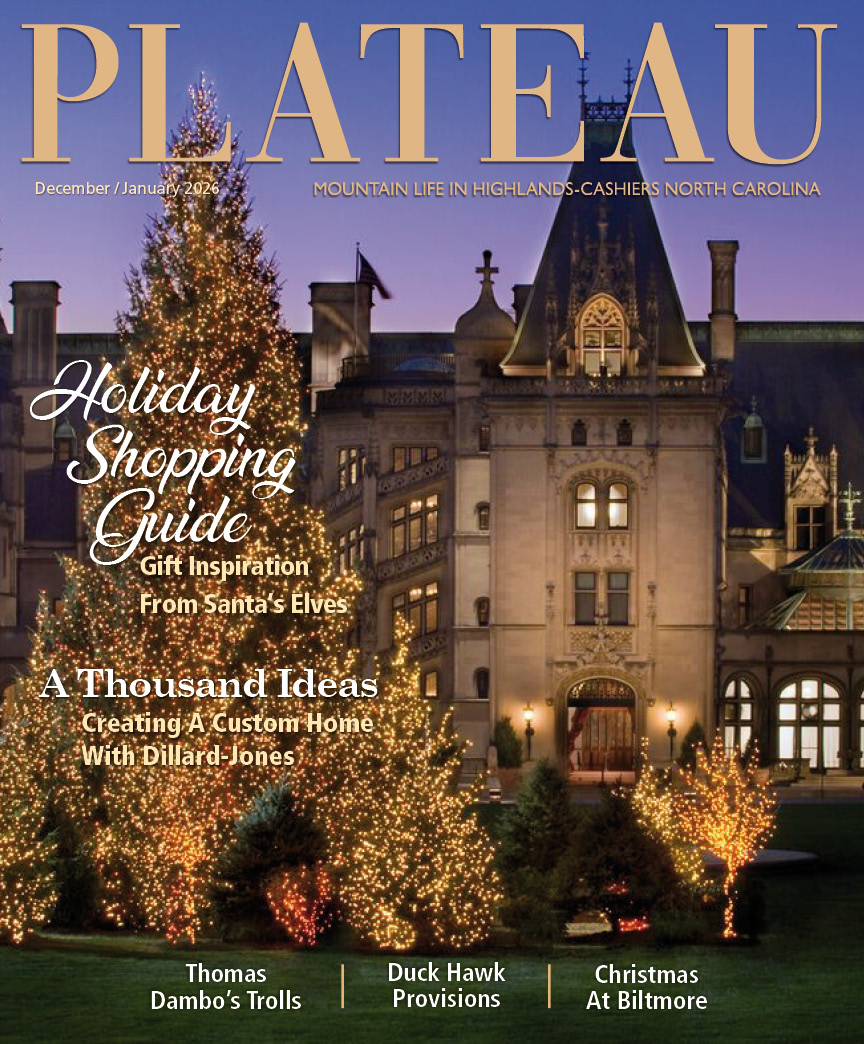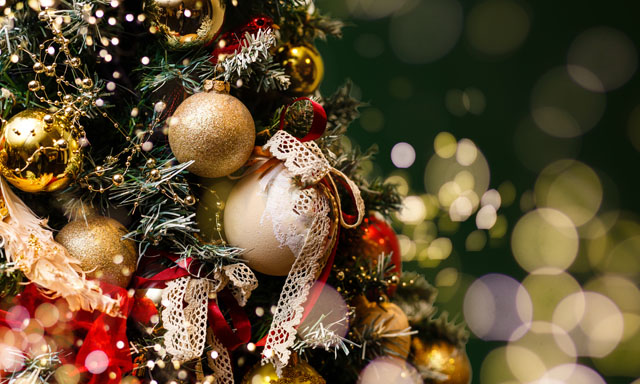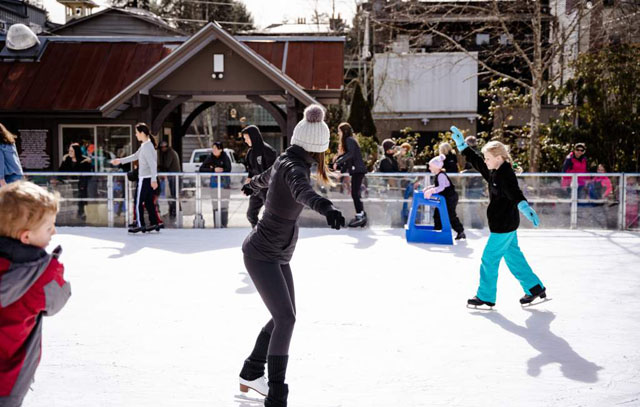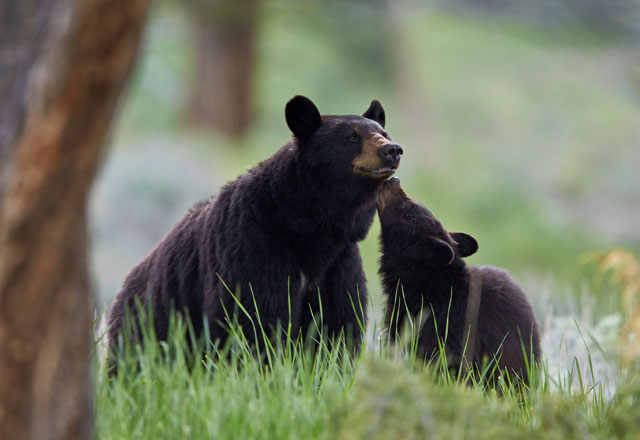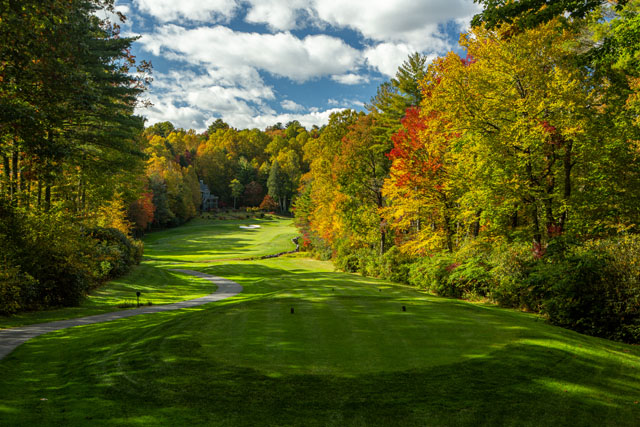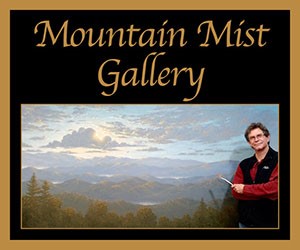September is for Colors
02 Aug 2025
Celebrating the vibrance of the season at Highlands’ Dazzling Dahlia Festival
August-September 2025
Written By: Story and photos by KRISTIN LANDFIELD
It is August, and the long days of summer are leaving us. With their departure, we witness the slow-creep arrival of early autumn, an interstitial time when the warmth of summer lingers, despite the season’s changing character. I think of September, and my mind fills with color. Its rich hues possess a luminosity unlike that of any other month in the year: vibrant and saturated, yet sweet and settled. In the high exposure of a July sun, those same tones appear different—a bit brash and tinny. Now, however, they have ripened under the refracting light of an advancing year. September is an intersection wherein the fecundity of summer pauses for a breath before the gradual decline towards dormancy. Its tempo is gentle. As each day becomes imperceptibly shorter, September is a sweet kiss between August and October.
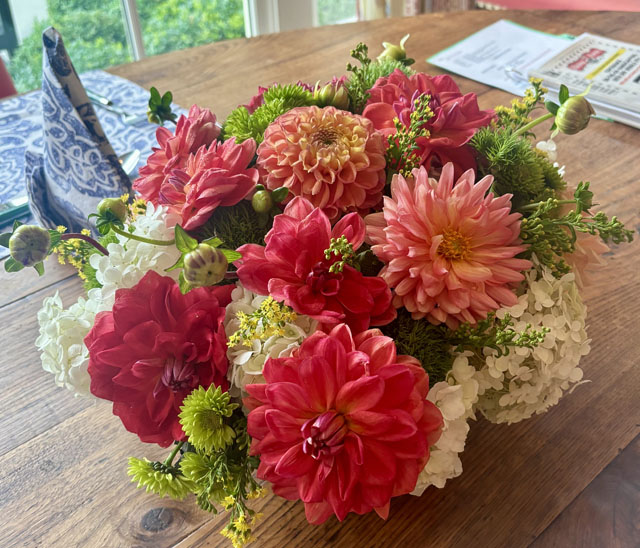
This sense of change is universal—we feel a need to savor the sun while it still arcs high in the sky, and an urge to gather and harvest the fruits of the year before they disappear. John Updike wrote of September, “The breezes taste of apple peel. The air is full of smells to feel.” It is an evocative time. When we think of “harvest,” we automatically conjure buxom pumpkins and funky gourds, heaps of grains and brimming barrels of shiny apples. We imagine tractors pulling hay, warm fruit pies, overflowing cornucopias, and pickling jars full of jewel-toned preserves. These cultural tropes resonate because they connect us to long-held customs of our forebears, for whom the harvest was not only a celebration but also an essential preparation for the harsher months to come. For gardeners, harvest extends beyond the bounty of the edible. Collecting the blooms of late summer, with their warm golds, fiery oranges and moody purples is as central to the season as stewing ripe tomatoes for canning.
The flowers that still adorn our gardens by late summer are joyful: they are rich in color, and there is a bit of merriment to their new blooms when so many other flowers have made their annual departure. In 1868, Oliver Wendell Holmes, commenting on the arrival of autumn to the garden, wrote: “September is dressing herself in showy dahlias and splendid marigolds and starry zinnias.” Perhaps better than any other flower, the dahlia symbolizes the lavish cheer of the season. Dahlias have been described as the "queen of the autumn garden” and are unrivaled in their splendid display of colors, shapes and petal arrangement.
Now, on the Highlands-Cashiers Plateau, time has crested the slope of the warm months, and autumn’s first air brings cool dew to luscious petals. Dahlia season is at its peak; the genera’s broad array of warm hues is especially suited to the softer light of the season. From mid-summer to deep frost, their lively blooms shine in local gardens. They adorn café tables, and at local events and parties, their exuberant flowers often play the set piece. Dahlias present an astonishing spectrum of colors—from creamy white to nearly black-red. Indeed, a single dinner-plate bloom can be an arrangement unto itself.
Each September, a bounty of blossoms alights upon Highlands with its annual Dahlia Festival, now in its 15th year and located at The Bascom. Although the festival is a relatively recent celebration, it reflects a tradition of cultivating dahlias in the region, as well as connecting the floral arts with The Bascom, Highlands' renowned arts center. Escaping the brutal heat of lower elevations, gardeners on the plateau have long delighted in these alluring plants. In the late 1800s, Dr. William Halsted, founder of High Hampton’s beloved dahlia garden, brought prized tubers to Cashiers, establishing the regional tradition of cultivating the coveted flowers. Dahlias are native to the higher elevations of Mexico and Central America, so the cool mountain air of the Southern Appalachians offers amenable growing conditions for the diverse blooms. Most dahlias species, especially the large, showier varieties, fail to thrive in the humid heat of the deep South. However, their joyful flourish embodies the friendly climate of summer and fall in the mountains.
For enthusiasts who enjoy sampling rare selections, dahlias are especially enticing. Their broad morphology is a consequence of a unique genetic makeup. Dahlias are octoploids, meaning they have eight complete pairs of chromosomes, as opposed to many organisms (including us!) that have two. With dahlias, we see gorgeous arrays of creamy yellows, peachy corals and rich red blooms of all shapes and sizes. We see subtler selections with smaller white flowers borne against dark foliage, almost comical when set in juxtaposition to a massive magenta dinner plate dahlia. What we are really observing, however, is the consequence of mathematics.
Our festive arrangements, defined by dahlias’ remarkable variability, are a direct consequence of the mathematical variance permitted by octoploid genetics. Diploid organisms inherit two genes at each locus, whereas dahlias inherit eight, yielding exponentially more genetic combinations—a distinction that catapults the dahlia grower’s ability to experiment with the genotype. This profusion contributed to their popularity in the Victorian era, during which the desire for complex collections of rare plants surged. Likewise, in the late 19th century, just as Highlands was established, Victorian floriography (the “language” of flowers) was at its peak. Although the meaning of dahlias varied, Victorians offered them as floral symbols of elegance, devotion, endurance, beauty and dignity. Still, I think the Victorians may have missed some key meanings. Just like the sweetest days of September, their vibrant presence signifies joy, richness, celebration, enthusiasm and cheer. These intrinsic qualities make dahlias welcome guests at any gathering.
Here is this year’s lineup for what is sure to be a spirited festival on the plateau:
September 4th, 5 p.m.
The Bascom will host a kickoff to the festival weekend at its fall reception, featuring autumnal art exhibitions, the opening of the Dazzling Dahlia Festival and the winner of the 2025 Dahlia Poster Contest.
September 5th & 6th
The 15th Annual Dazzling Dahlia Festival's Single Bloom Competition will be held Friday, September 5, from 3:30 p.m. to 4 p.m. and Saturday, September 6, from 10 a.m. to 4 p.m. at The Bascom. Dahlia enthusiasts will showcase their most stunning blooms in this beloved annual event. This competition is open to growers of all levels. To enter the Single Bloom Competition, go to thebascom.org and search “Single Bloom Competition.”
September 4th to 6th
The festival will showcase distinctive floristry in view of the Bascom’s galleries. This show invites non-profit organizations to design floral arrangements as aesthetic responses to the artwork on display. The creative study will explore the connection between the visual and floral arts, with local dahlias at center stage.
September 6th, 11 a.m.
An expert guest speaker will share insight into the art of growing these alluring flowers.
September 5th & 6th
In their renowned tradition of the ceramic arts, The Bascom Studio members will present a collection of handcrafted wall pockets and vases, festooned with local dahlias that are available for purchase. Visit The Bascom’s Studio Barn to experience a curated display and take home a unique piece of local art.
There is no fee to attend the festival. For more information on this blooming event, please visit thebascom.org or highlandschamber.org.

